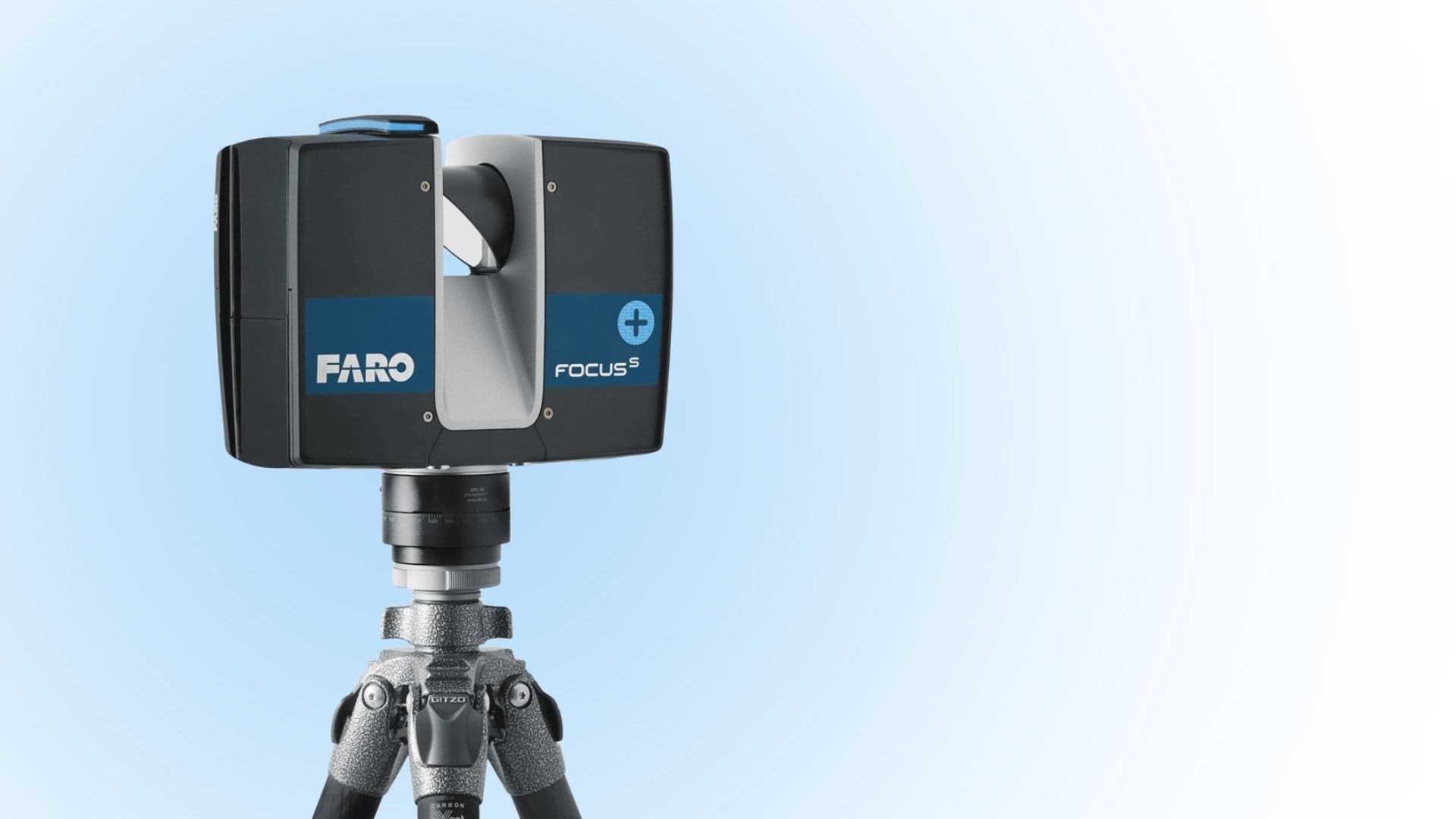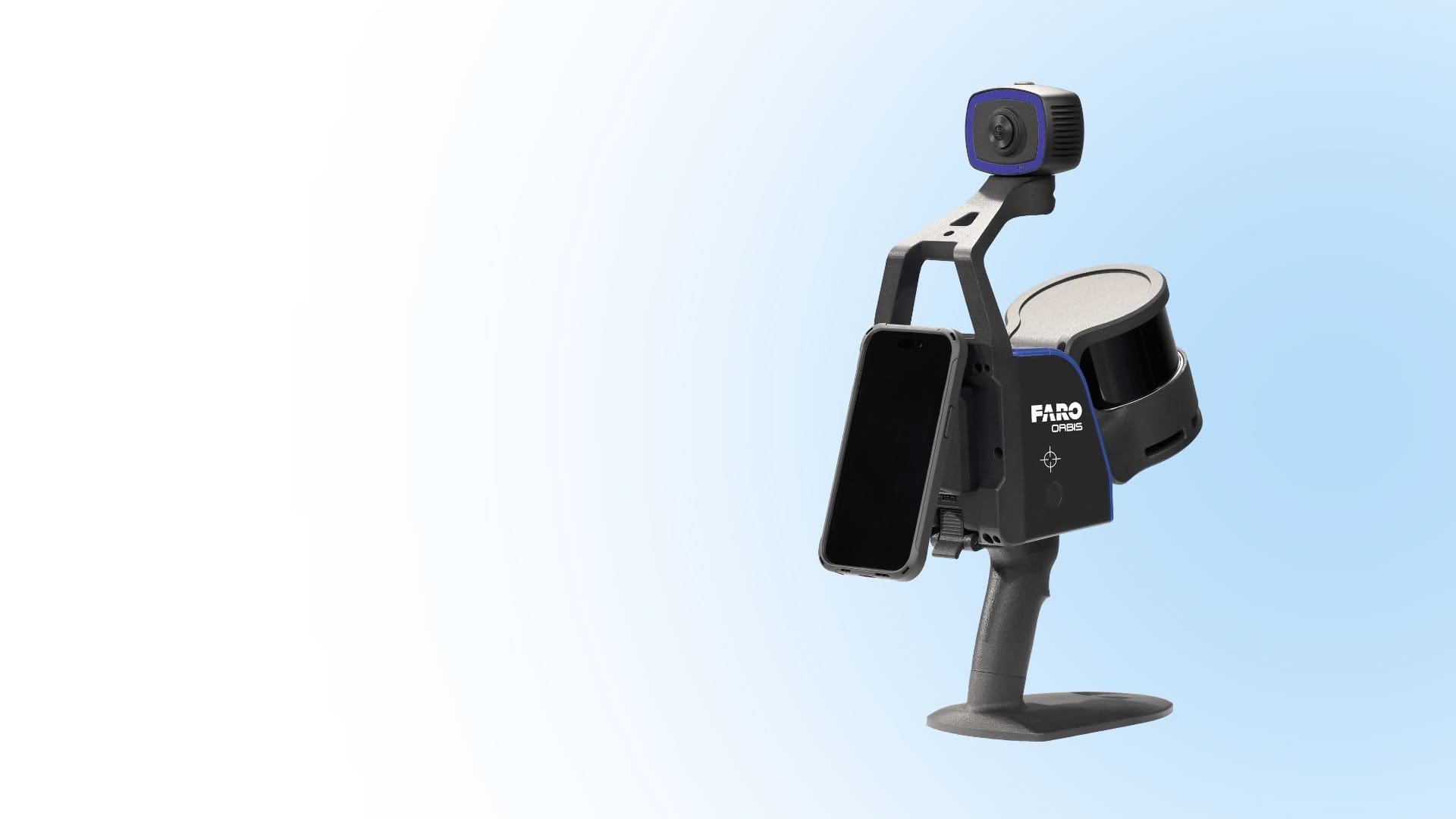
Long-Distance 3D Scanning for Infrastructure
Huge infrastructure projects present unique challenges that can only be addressed with advanced solutions like long-range 3D scanners. Whether it’s
At Digitize Designs, we specialize in 3D scanning and digitization, and we’ve seen firsthand the increasing infusion of automation and AI across many areas of manufacturing. These changes are streamlining production processes and helping businesses remain competitive in an ever-evolving marketplace. However, they also bring challenges, as the economic and human impacts of automation are felt by employees and business owners alike.
On the one hand, employing automation and AI has improved the efficiency and productivity of US manufacturing. A report by the McKinsey Global Institute estimates that automation will boost productivity in manufacturing by up to 30% by 2025 and could add up to $1.2 trillion to the US economy in the same period. As a result, businesses can achieve cost savings and increased competitiveness in the global market while enjoying greater flexibility in production processes.
On the other hand, the downside of automation and AI is reduced human labor. As machines and algorithms take on more tasks, jobs once performed by humans are becoming increasingly automated. This has led to job displacement and the need for workers to acquire new skills to remain competitive in the job market. However, it’s important to note that automation has also created new programming, maintenance, and engineering jobs requiring specialized skills.
At Digitize Designs, we’re leading the charge in developing advanced technologies like the RM-300 Automated Mobile Workstation, which streamlines 3D scanning and automated part inspection for increased productivity and efficiency. According to a report by the World Economic Forum, we’re proud to be part of an industry that’s expected to create 12 million new jobs globally by 2025. In terms of US manufacturing specifically, the National Association of Manufacturers estimates that adopting automation technologies could create up to 2.4 million jobs by 2025.
Of course, there’s no denying that the impact of automation and AI on employment is complex and multifaceted. For example, while these technologies create new jobs in some areas, they also displace employees in others. Such is the quandary of progress! Therefore, policymakers and businesses must continue to address the economic and social impacts of automation and AI and ensure that workers have the support they need to adapt to changing labor market demands.
In conclusion, the impact of automation and AI on US manufacturing is both exciting and challenging. With continued innovation and careful management, automation and AI can help usher in a new era of productivity and prosperity for the manufacturing industry.
At Digitize Designs, we’re committed to being at the forefront of this transformation and look forward to seeing what the future holds.
3D Scanning & Metrology News, Press, Insights, Trends, Case Studies, and more.

Huge infrastructure projects present unique challenges that can only be addressed with advanced solutions like long-range 3D scanners. Whether it’s

Different long-range scanner brands offer varying features and capabilities; hence the need to understand the most crucial aspects of long-range

The key difference between long-range and short-range scanners is the maximum distance at which they can capture data. Ordinarily, long-range

The key elements to consider in long-range 3D scanners include accuracy, scan speed, resolution, scanning mechanism, and ease of use.